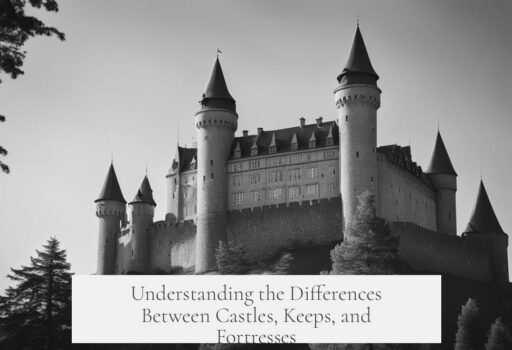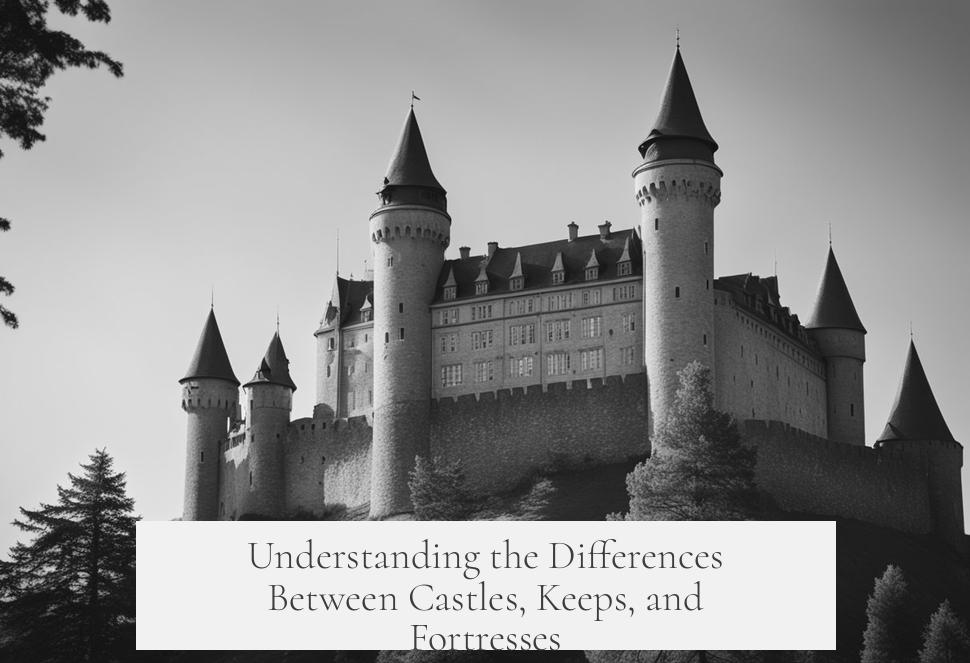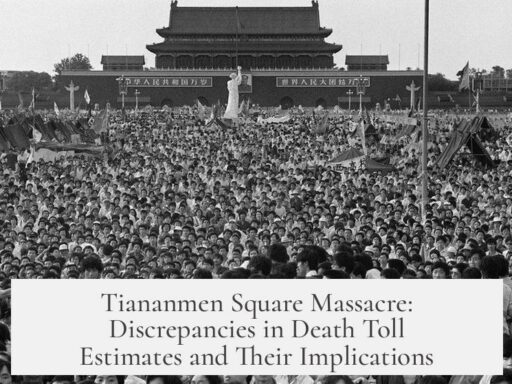The difference between a castle, a keep, and a fortress lies in their purpose, scale, and architectural design. Each term refers to distinct types of fortifications with different roles in military and social history. A fortress is a broad term for any heavily defended structure built to withstand attack. A castle is a fortified residence for a lord representing power and authority. A keep is a strong tower inside a castle, often its central defensive and residential structure.
A fortress is any structure designed primarily to resist assault. It usually protects a strategic location such as a city, crossroads, or border. Historically, the term refers to various types of fortified places, including walled cities, forts, and citadels. Fortresses evolved with military technology—before gunpowder, they focused on thick walls, towers, and moats. Between the 1500s and 1800s, illustrations of fortresses include fortified towns or dedicated strongholds employing bastions, angled walls, and star forts to resist cannon fire.
After artillery advanced in the late 19th and 20th centuries, fortresses transformed into complexes with concrete bunkers, underground tunnels, and heavy guns. One example is the French Maginot Line, a defensive system built to deter invasion. The term “fortress” can also be metaphorical, describing defensive stances or areas heavily protected by technology such as missile systems.
A castle is a type of fortress with a specific social role. It serves as the fortified residence of a lord or noble and acts as a center of regional power and governance. Castles arose mainly in medieval Europe after the collapse of Charlemagne’s empire in the 9th and 10th centuries. Local lords built castles to control territory, protect their subjects, and project authority. They housed lords, soldiers, servants, and administrators.
What distinguishes castles from other fortifications is their multifunctional nature—they combine defense, residence, and administration. Castles were often privately built by lords rather than kings, reflecting political fragmentation. Kings sometimes tried to control castle-building, demolishing unauthorized ones to maintain power. Castles symbolize medieval society and feudalism because of their central social role and prominence.
A keep (also called a donjon or great tower) is a heavily fortified tower within a castle. It functions as a last refuge in an attack and the lord’s main residence. Keeps are stone towers, commonly 3–6 stories high, located inside castle walls. While the castle includes walls, baileys, gatehouses, and outbuildings, the keep is the core, central building.
The interior of keeps typically contains three rooms important to medieval life: the camera (lord’s bedroom), aula (hall for meetings and meals), and capella (chapel). Designs vary significantly; some keeps prioritize defense and are stark, others focus on living space with more comfort, and some serve symbolic or administrative roles more than military ones.
| Aspect | Fortress | Castle | Keep |
|---|---|---|---|
| Primary function | Stronghold designed to resist attack | Fortified residence and power center for a lord | Central fortified tower within a castle |
| Scale | Can be any size, including cities or complex bunkers | Typically a complex with walls, courtyards, and living quarters | Single tower inside a castle |
| Historical context | Varies: pre-gunpowder walls to modern bunkers | Medieval feudal period, rise of local lord power | Part of castle architecture, medieval period |
| Examples | Maginot Line, fortified cities, citadels | Windsor Castle, Caernarfon Castle | White Tower in the Tower of London |
In brief, a fortress represents a broad category of strongholds designed primarily for defense. A castle is a fortified complex that houses a lord and symbolizes local power over a region. A keep is an integral, fortified tower inside a castle, often the last line of defense and core living space. Understanding these distinctions helps clarify medieval military architecture and social structures.
- A fortress is any military stronghold, varying in size and complexity.
- Castles are fortified residences that also serve as power centers for lords.
- A keep is a fortified tower within a castle, often the central building.
- Fortresses can be cities, bunkers, or specialized forts, evolving over time.
- Castles emerged with feudalism and the decline of centralized royal control.
What’s the Difference Between a Castle, a Keep, and a Fortress?
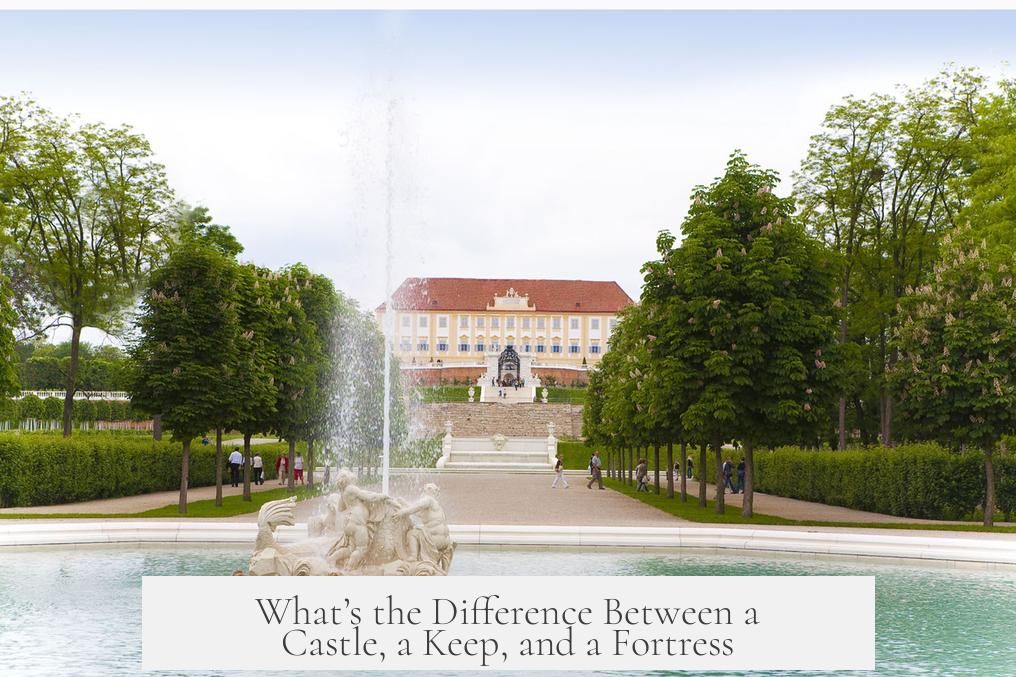
Let’s settle the medieval mystery right away: a castle is a fortified residence for a lord; a keep is a heavily fortified tower within a castle; and a fortress is a broad term for any defensive structure designed to be hard to attack. Got it? Good. But here’s where it gets juicy.
You might think these terms are interchangeable. Spoiler alert: they are not. Each has a unique history, purpose, and architectural flair. Let’s unravel the medieval maze and sort out what really separates these iconic historical forms.
Fortress: The Grand Defender of Territories
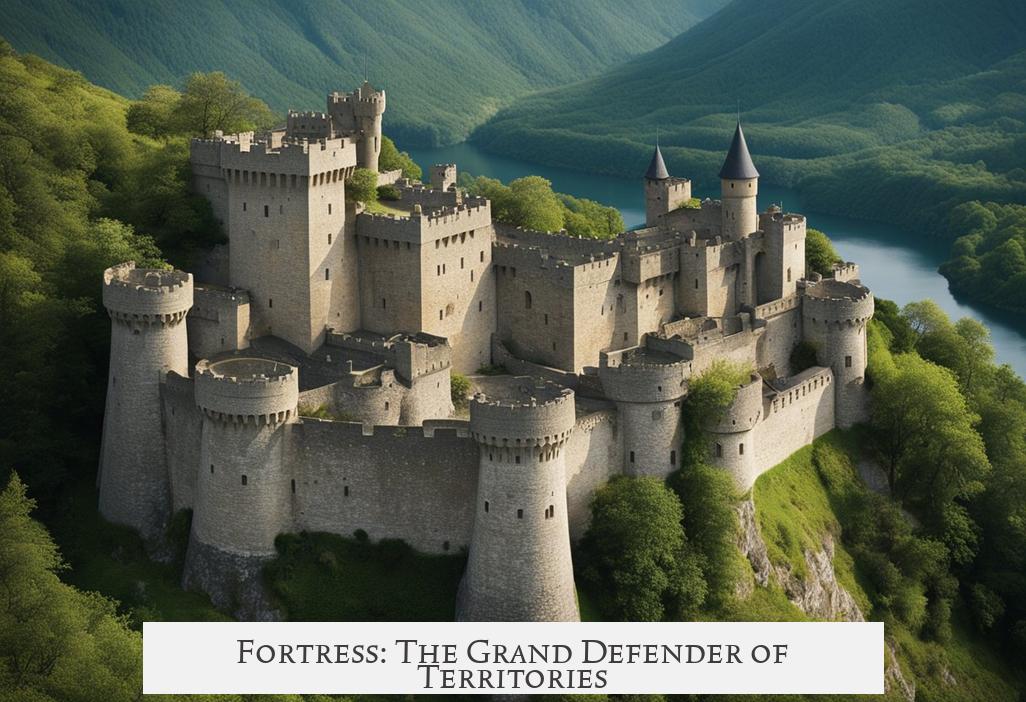
First up, the fortress. This term covers a huge range of structures designed purely for defense. If it looks tough to conquer, it might well be called a fortress. The word is flexible, sometimes describing anything from a fortified city to a military complex.
Historically, fortresses can be separate military constructions, or they can be the fortified sections of cities, often called citadels or acropolises. Think of them as the ultimate military zones—places built to withstand sieges and withstand waves of attackers. In the days before gunpowder, fortresses were usually solid stone walls, moats, and battlements.
Once gunpowder and cannons showed up around the 1500s, fortress designs evolved into star forts and later into complexes of bunkers, concrete, and tunnels. A classic example? The French Maginot Line, a sprawling line of bunkers armed to the teeth, built to keep enemies at bay.
The word ‘fortress’ has even migrated into metaphorical territory. Modern military zones bristling with surface-to-air missile systems can be called fortresses too. It’s a term that really emphasizes the idea of a stubborn, nearly impregnable defense.
Castle: The Lord’s Power House
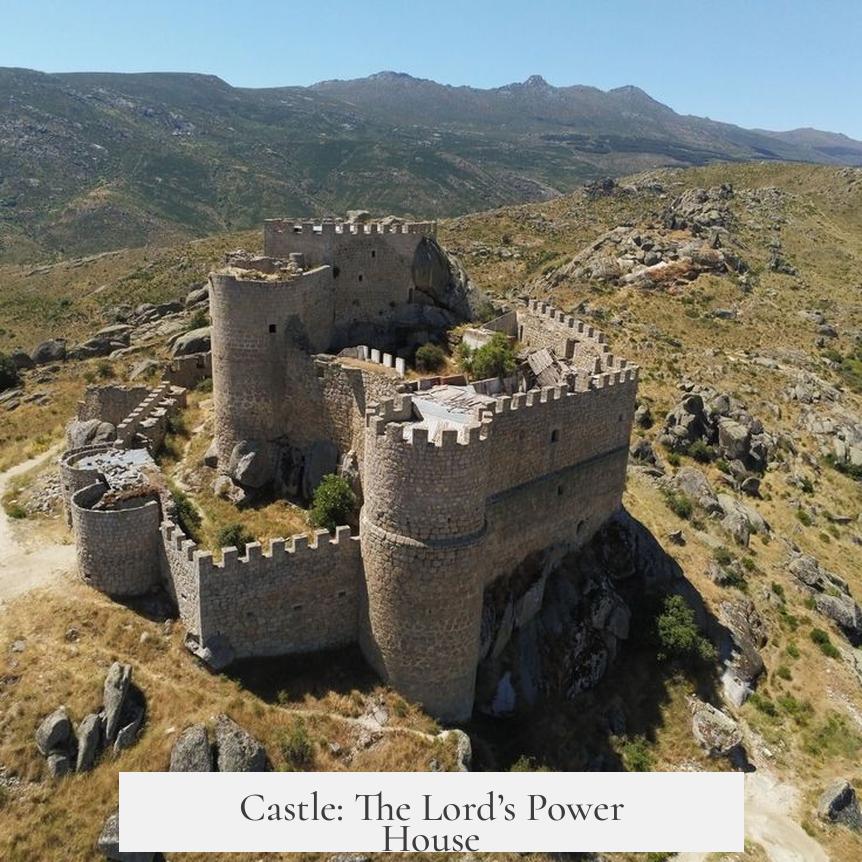
Next, castles are a different beast. Castles are fortified residences built by lords, not kings. These buildings were basically power centers for regional rulers, mixed with homes and administrative hubs. They usually housed the lord, his family, servants, soldiers, and advisors.
Here’s a fascinating tidbit: castles emerged strongly in the 900s, following the collapse of Carolingian authority. As centralized power crumbled, local lords stepped up to govern their own territories. Castles became the physical proof of their control—places where they could tax, protect, and rule the people.
Castles weren’t just military. They were also social and political symbols. They expressed power and control visually—a tall, imposing fortress-like mansion sending a clear message.
Interestingly, castles weren’t always welcomed by kings. Many were built without royal permission, so monarchs sometimes tried to dismantle unauthorized castles to prevent threats to their authority. Over time, as kings reasserted control, castles became more regulated.
Because castles blended residential and defensive roles, they often look grand, intricate, and symbolic of the Middle Ages. You see why castles often capture our imagination as medieval icons.
Keep (or Donjon): The Castle’s Heart and Brawn
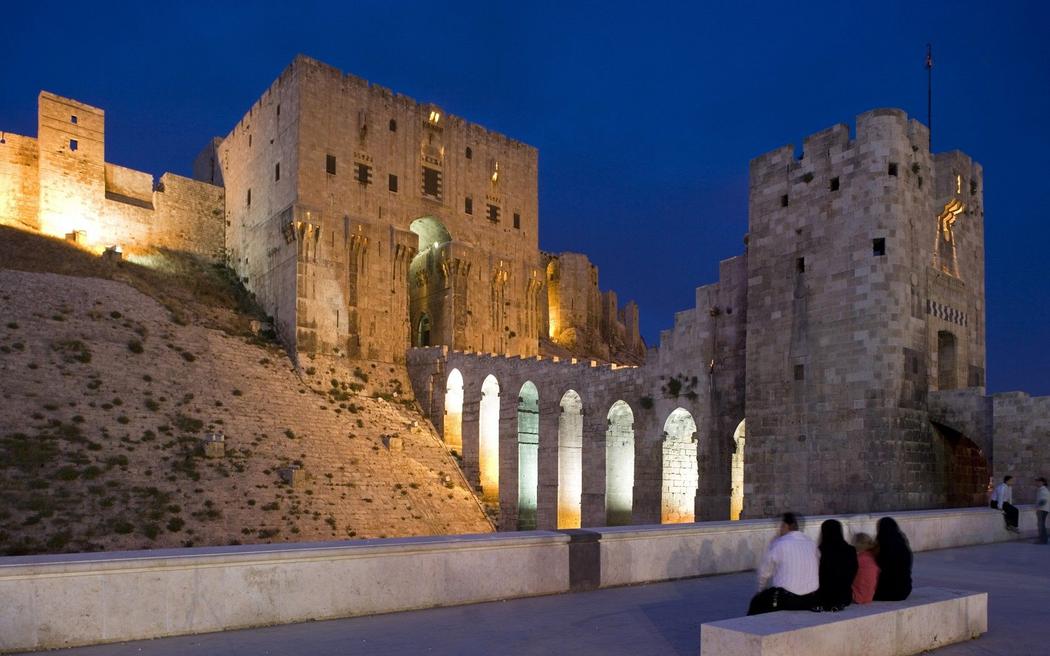
Now, what about the keep? Think of the keep as the castle’s central stronghold.
It’s a heavily fortified tower inside the castle walls, usually three to six stories tall. Square keeps are the most common, but some were round or polygonal. It was the last line of defense if the rest of the castle fell.
Unlike the sprawling castle compound, the keep focuses on defense and residence in one structure. It often contained three essential rooms: the lord’s bedroom (camera), the main hall for meetings and feasting (aula), and the chapel (capella). This “domestic trinity” reflects both a functional and symbolic core.
That said, not all keeps followed this layout. Some were pure fortifications with minimal comfort, while others leaned more toward living space. Keeps were versatile, adapting to different needs across regions and times.
While a castle is a big fortified complex, and a fortress is any defense structure, the keep is the fortified heart inside a castle—a sort of strongbox holding the lord’s family and valuables.
Putting It All Together

| Term | Definition | Purpose | Typical Location |
|---|---|---|---|
| Fortress | Any broadly defensible structure. | Military defense of a place or city. | Standalone or part of fortified cities. |
| Castle | Fortified residential complex for a lord. | Residence, power seat, administrative center. | Regional centers, often countryside or strategic points. |
| Keep | Heavily fortified tower within a castle. | Final defensive position and lord’s quarters. | Inside castle walls. |
Why Does This Matter?
Understanding these differences isn’t just for history buffs. It helps when you visit ancient ruins, read medieval literature, or even watch historical movies. Knowing that a “keep” is just a part of a castle deepens appreciation for medieval architecture and social order.
Plus, the evolution of fortresses from simple stone walls to Cold War bunkers shows us how warfare shaped architectural innovation and cultural shifts over centuries.
Final Thought: Which One Would You Pick to Live In?
If you had to choose, would you live in the sprawling castle with servants, a keep with its sturdy towers, or command a fortress built to repel armies? Each offers different vibes—from political power to pure survival mode.
Ultimately, castles, keeps, and fortresses reflect the turbulent medieval world’s needs: protection, power, and survival. Together, they paint a vivid picture of how societies defended themselves, and what life might have been like for lords and soldiers long ago.
